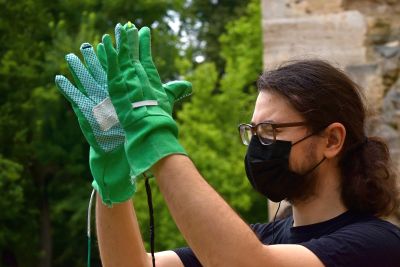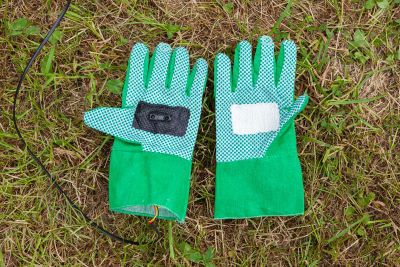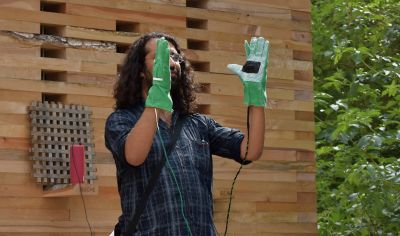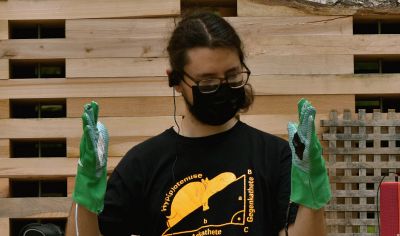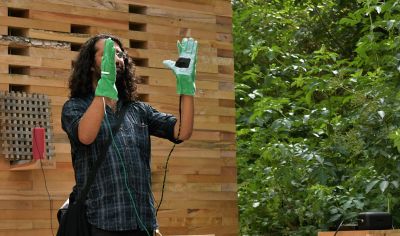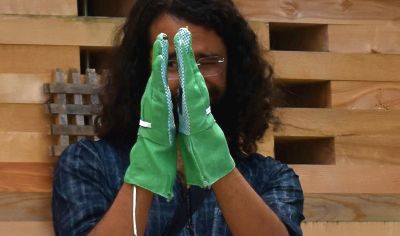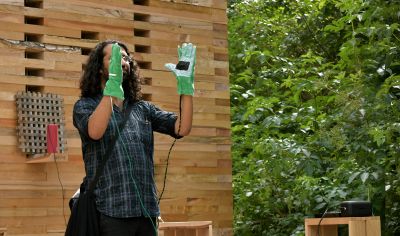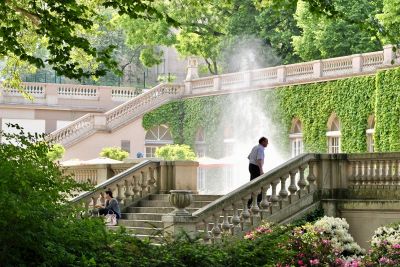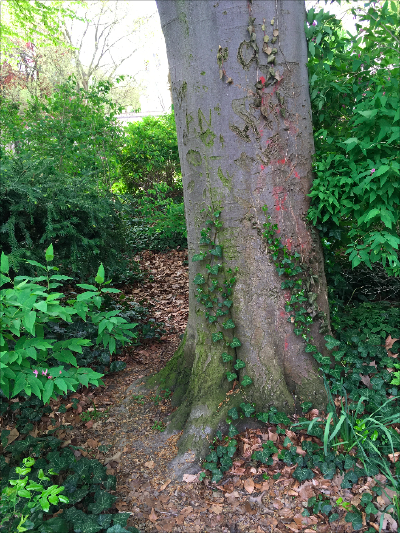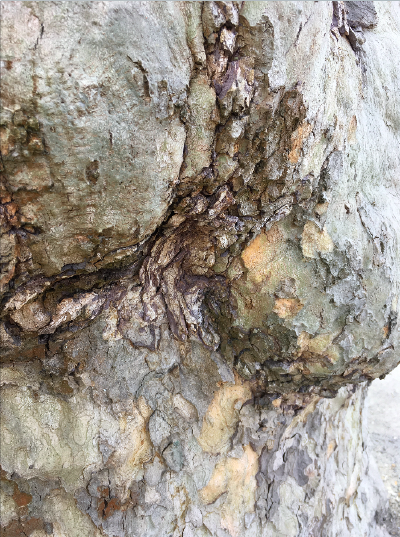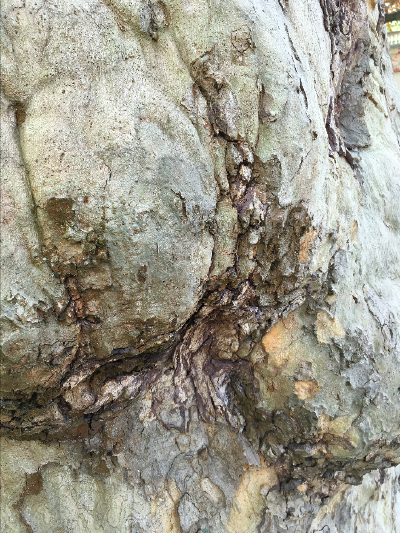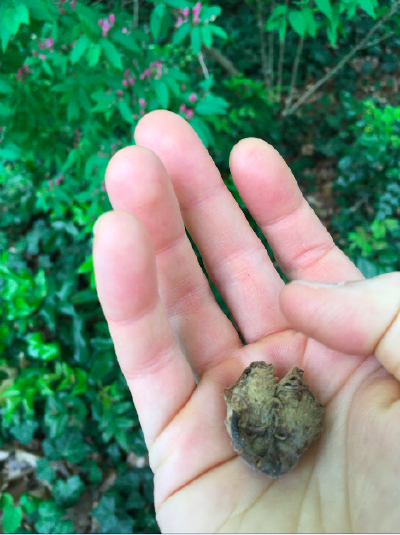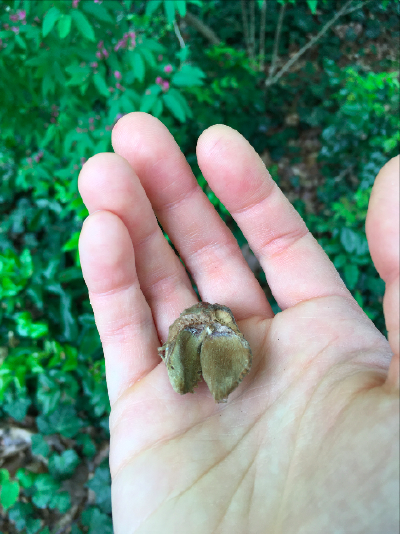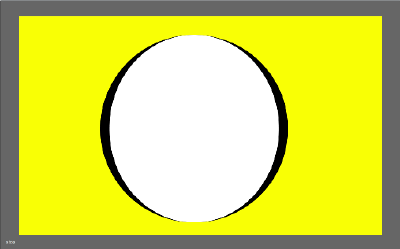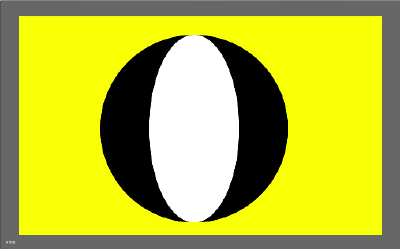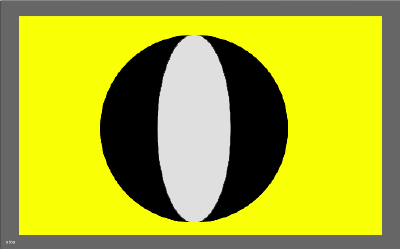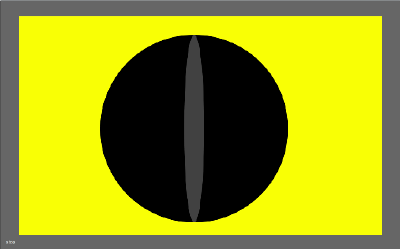No edit summary |
No edit summary |
||
| Line 5: | Line 5: | ||
'''Sound gloves [AT] | '''Sound gloves [AT] | ||
''' | ''' | ||
[[File:___1__2_2__DSC_3188__cool.jpg|400px]] | [[File:___1__2_2__DSC_3188__cool.jpg|400px]] | ||
How do distances sound? | How do distances sound? | ||
[[File:___1__2_1__Handschuhe.jpg|400px]] | [[File:___1__2_1__Handschuhe.jpg|400px]] | ||
- - - - | |||
[[File:___3__3-1____DSC_3215-c1.jpg|400px]] | [[File:___3__3-1____DSC_3215-c1.jpg|400px]] | ||
| Line 28: | Line 30: | ||
File:___1__2_3__Handschuhe.jpg | File:___1__2_3__Handschuhe.jpg | ||
File:___1__2_1__Handschuhe.jpg | File:___1__2_1__Handschuhe.jpg | ||
</gallery> | </gallery> | ||
| Line 73: | Line 72: | ||
Idee 2 | Idee 2 | ||
[[ durch Käferaugen ]] | [[ durch Käferaugen ]] | ||
| Line 85: | Line 85: | ||
Idee 3 | Idee 3 | ||
[[ Schattenklänge ]] | [[ Schattenklänge ]] | ||
Revision as of 13:59, 30 July 2021
17/07/2021 – final presentation at green pavillon, Ilm Park Weimar –
semester project:
Sound gloves [AT]
How do distances sound?
- - - -
————————————————————
17/07/2021 – Zwischenpräsentation im Ilm Park –
Auf dem Weg mit den Handschuhen...
Die Handschuhe sind gebaut, aber klingen tun sie noch etwas diffus. Zudem ist unklar, wie sie zu handhaben sind. Ich beobachte die anderen aus dem Kurs, wie sie die Handschuhe der Reihe um benutzen, und schaue, wie sie auf die Handschuhe – ohne vorherige Instruktion, ohne Kommentar – reagieren.
Manche drücken sich die Hände - aus Überraschung ob der plötzlichen Geräusche - gegen die Brust, manche verstehen die sich gegenüberliegenden 'Messflächen' (weiße Fläche auf rechtem Handschuhe, schwarze Fläche mit integriertem Sensor auf linkem Handschuhe (– es klingt!)), manche heben die die Hände zur Luft, so dass der Sensor keine 'Gegenfläche' mehr hat. Vielleicht kann ich mir von diesen Reaktionen etwas mitnehmen …
Ich bin auf jeden Fall mir gewiss, dass das Handschuhpaar noch weiter ausformuliert werden möchte. Weiß aber noch nicht, in welche Richtung es gehen soll. You'll figure out as you go along.. :)
————————————————————
08/06/2021
Ideensuche für ein spannendes Sensorprojekt:
== irgendwas mit Distanzen ... ?
==
Idee 1
Ich möchte ein riesige Wattewolke bauen, die auf Geräusche reagiert. Sie hängt im Eingang eines kulturellen Raums und baumelt dort still und unversehens an der Decke herum. Doch die Wolke reagiert sehr sensibel auf Geräusche in ihrer Umgebung. – Wenn jemand zu laut niest, zuckt sie, und ruckt an ihrem Nylonfaden, an dem sie hängt, bedrohlich nach unten. Ist es ganz ruhig im Raum, versteckt sie sich oben unter der Decke.
Was will die Wolke uns damit sagen? Warum ist sie so empfindlich?
–Die Woke als Sinnbild für Fragilität und gleichzeitige Bedrohlichkeit. (Kommt der Regen? Wird sie uns berühren?)
Idee 2
Wir haben so viel Empathie mit Pferden, Delfinen, unserem Hund, allen möglichen Säugetiere. Aber wie steht es um die Insekten? Denkt sich je mal einer in das Empfinden, in die Wahrnehmung eines Käfers rein? Ich möchte zeigen, wie sich ein Käfer wohl fühlen mag.
Ich baue das Modell eines wunderbaren kleinen Käfers, der auf den Erdboden installiert wird. Hinzu gibt es einen kleinen Bildschirm, wo man das sieht, was der Käfer sieht, durch seine Käferaugen. Mithilfe eines Sensors, der im Käfer implementiert ist, erkenne ich nun, wenn ein Mensch sich nähert (-oder beinahe den Käfer berührt-).
Je näher jemand dem Käfer kommt, desto verschwommener und verruckelter wird das Bild, das man durch die Käferaugen-Perspektive sieht. Ein Gefühl von Angst und Bedrängung / Beklemmung kommt auf.
Wie muss ein Insekt sich wohl fühlen, da unten, auf dem Erdboden, den wir selten anders als blind mit unseren Füßen betrachten?
Idee 3
Ich möchte Schatten, die ja meinst nicht stabil sind sondern sich stetig je nach Lichteinfall verändern, in Klänge transformieren. Wie genau, das verrate ich im Kurs… ;)
————————————————————
13/05/2021
perception exercise in the park
When walking in the park with plain perception, it feels to me like the whole park is a stage. And everything that’s happening is reacting to each other like in a stage play. The bird reacts to the jogger who’s passing by, the joggers rhythm is commenting on the rusteling of a tree's leaves, and the tree is reacting with a glittering of its leaves to the bird that is still after the jogger… it’s like a concerted orchestration.
– I draw connections, without intending to do so, and even though these things are most likely not meant to be connected it just happens intuitively and automatically in my head. It feels like everything is interacting with each other, the ‚natural‘ as well as the ‚unnatural‘ parts in this park, They are all ONE organism. and it would be an even more difficult task to NOT draw links between all the elements that are there.
While walking in the park it’s never silent. There is no single moment… when there is nothing to be heard. Moreover I have the feeling, that sounds, voices and other noises are becoming even louder when you are focused and you’re listening closer to them. It becomes almost overwhelming the more you focus; there is no real silence, no second,
Everything’s alive.
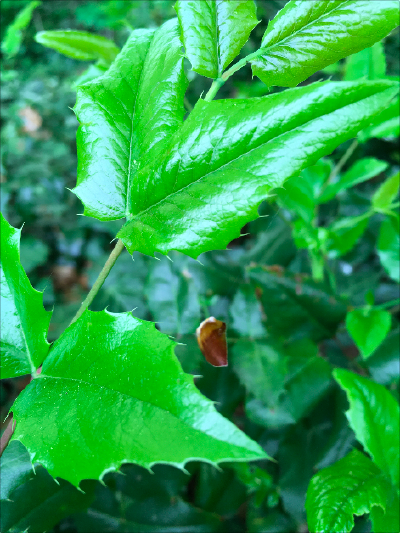 I see little shells of small seed swinging in invisible spiderwebs in the wind
I see little shells of small seed swinging in invisible spiderwebs in the wind
 I see blooming blossoms, that are about to flourish up
I see blooming blossoms, that are about to flourish up
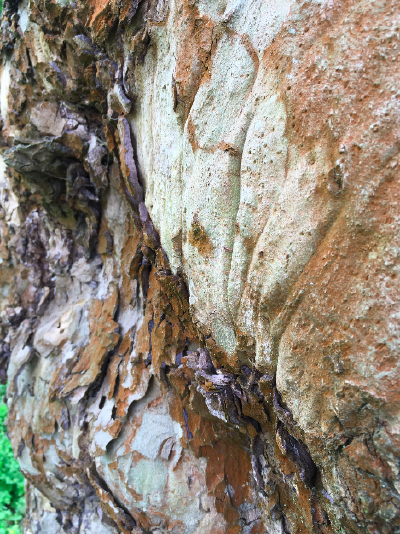 I see traces in the bark of an old tree,
I see traces in the bark of an old tree,
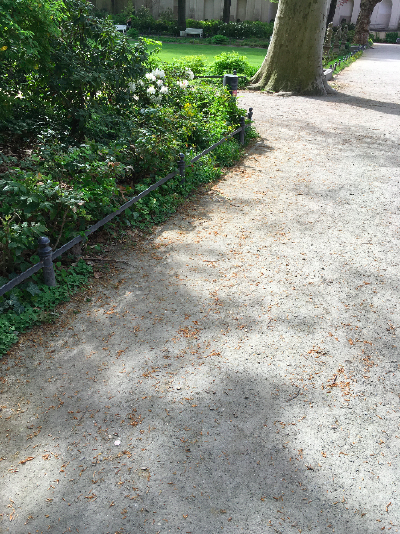 and traces of the sun, carved as shadows on the ground of the walking path.
and traces of the sun, carved as shadows on the ground of the walking path.
When I look closer I see that everything is in a transition state, in a transformation process, and and some of these transformations will leave traces, some will not.
I just realize everything I see and hear it’s just a momentary state, it will never last forever.
I hold the fragile soft beechnut shell in my hand and I don’t want to let it go.
– . – . – . – .
And later on I think… This process of ‚zooming in’ into the details of our environment, it could be really exhausting (and overwhelmling, and upsetting) if we did this constantly.
So maybe our perception system developed on purpose a functionalism that works in a way which ‚saves‘ us from overstimulation:
we look at things, quickly, recognize them [= as being the things we learnt they are], say „Aha!“ [= aha, this is it. I recognize it!], and move on. So our usual ‚superficial‘ way of perceiving things is also a coping mechanism of our own inner system because if we would really perceive everything in so much detail we would most likely be really really overwhelmed.
And I feel reminded of people with forms of autism that can't help but be stimulated by so many things at the same time. And many of those people love to listen to e.g. the roaring of a vacuum cleaner or watch the rotating of a spinning top as these are constant, steady sounds or movements (with certain patters): it calms them down. And I think: Now why is it that listening to a vacuum cleaner rather makes me nervous than calms me down? and for other people its the other way round? Maybe a sound/movement/whatever needs to be so steady and continuously that it secretly slips into our subconscious.
An experiment with the LED sensor of an Arduino, linked to Processing graphics:
pulsating cat’s eye
When the light is high, the pupil of the cat’s eye widens,
when the light is low, the pupil of the cat’s eye closes.
[I know in reality, the cat's eye works the other way round… ;) ]
--> The color of the pupil also changes, from bright (high value) to dark (low value)
the relevant part of the processing code:
if (data != null) {
int intData = int(data); // ---> !! variable for incoming data
background(255, 255, 0); noStroke (); ellipse (560, 360, 600, 600); /* ---> 1. circle: 'background circle' (just as a referrence for the 2. circle) */
noStroke (); fill (intData, intData, intData); // set fill colour with the value read ellipse (560, 360, intData, 600); /* ---> 2. circle: the 'pupil' (visualizes the incoming data) */ }
